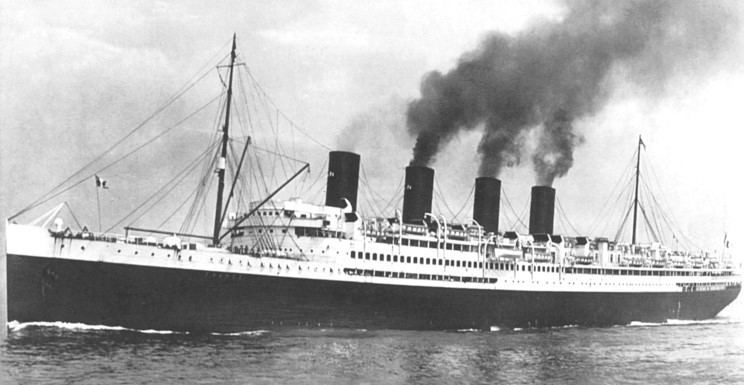 | ||
The following events occurred in September 1910:
Contents
- September 1 1910 Thursday
- September 2 1910 Friday
- September 3 1910 Saturday
- September 4 1910 Sunday
- September 5 1910 Monday
- September 6 1910 Tuesday
- September 7 1910 Wednesday
- September 8 1910 Thursday
- September 9 1910 Friday
- September 10 1910 Saturday
- September 11 1910 Sunday
- September 12 1910 Monday
- September 13 1910 Tuesday
- September 14 1910 Wednesday
- September 15 1910 Thursday
- September 16 1910 Friday
- September 17 1910 Saturday
- September 18 1910 Sunday
- September 19 1910 Monday
- September 20 1910 Tuesday
- September 21 1910 Wednesday
- September 22 1910 Thursday
- September 23 1910 Friday
- September 24 1910 Saturday
- September 25 1910 Sunday
- September 26 1910 Monday
- September 27 1910 Tuesday
- September 28 1910 Wednesday
- September 29 1910 Thursday
- September 30 1910 Friday
- References
September 1, 1910 (Thursday)
September 2, 1910 (Friday)
September 3, 1910 (Saturday)
September 4, 1910 (Sunday)
September 5, 1910 (Monday)
September 6, 1910 (Tuesday)
September 7, 1910 (Wednesday)
September 8, 1910 (Thursday)
September 9, 1910 (Friday)
September 10, 1910 (Saturday)
September 11, 1910 (Sunday)
September 12, 1910 (Monday)
September 13, 1910 (Tuesday)
September 14, 1910 (Wednesday)
September 15, 1910 (Thursday)
September 16, 1910 (Friday)
September 17, 1910 (Saturday)
September 18, 1910 (Sunday)
September 19, 1910 (Monday)
September 20, 1910 (Tuesday)
September 21, 1910 (Wednesday)
September 22, 1910 (Thursday)
September 23, 1910 (Friday)
September 24, 1910 (Saturday)
September 25, 1910 (Sunday)
September 26, 1910 (Monday)
September 27, 1910 (Tuesday)
September 28, 1910 (Wednesday)
September 29, 1910 (Thursday)
September 30, 1910 (Friday)
References
September 1910 Wikipedia(Text) CC BY-SA
